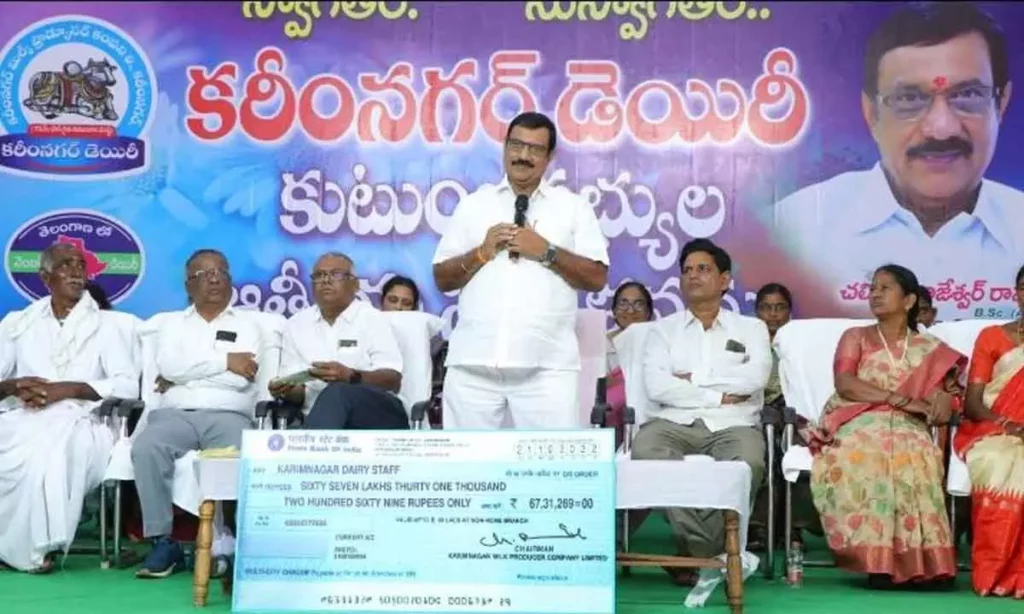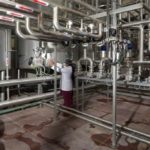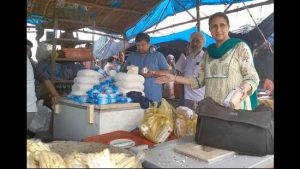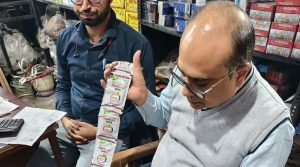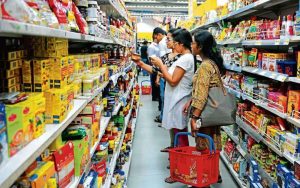
Karimnagar Dairy chairman Ch Rajeshwar Rao said that that the dairy was the first in the entire Telangana state to set up the state-of-the-art and fully automated mega dairy with a handling capacity of 3 lakh litres of milk per day at Nallagonda village in Thimmapur Mandal.
He added that at present the dairy is having a handling capacity of 2 lakh litres of milk per day. With the inauguration of the mega-dairy project by Chief Minister K Chandrashekar Rao very soon, Karimnagar would become the biggest dairy to handle 5 lakh litres of milk per day. As part of the mega-dairy project, they had opened 38 bulk milk cooling units in various parts of the state for the procurement of the milk, he said.
The Karimnagar Dairy chairman was speaking at Karimnagar Dairy Kutumba sabhyula athmeeya sammelanam on Friday. On this occasion, the chairman announced a Diwali bonus of Rs 70 lakh to the employees. Besides, he also distributed gifts of cookers to all the employees. Speaking on the occasion, Rajeshwar Rao explained the progress of the Karimnagar Dairy since he took charge in the year 1997. During the period, the dairy was having sales of only 4,000 litres and procurement of 12,000 litres.
Presently, they were selling and procuring daily 2 lakh litres of milk and expanded their marketing throughout the State including Hyderabad.
“Due to our teamwork and dedication, the Karimnagar Dairy has emerged number one dairy in the State,” he said. “If we rededicate and work together, the milestone of procuring and selling 5 lakh litres of milk per day is not a difficult task,” he asserted. He also assured to examine a welfare scheme for the employees of the dairy.
Managing Director P Shankar Reddy, Advisor V Hanumantha Reddy, CA Niranjana Chary and others also spoke on the occasion and explained the steady progress of the Karimnagar dairy on all fronts including the services and welfare schemes for the milk producers and their children, milking animals, the conduct of veterinary camps and nutritious fodder etc.
